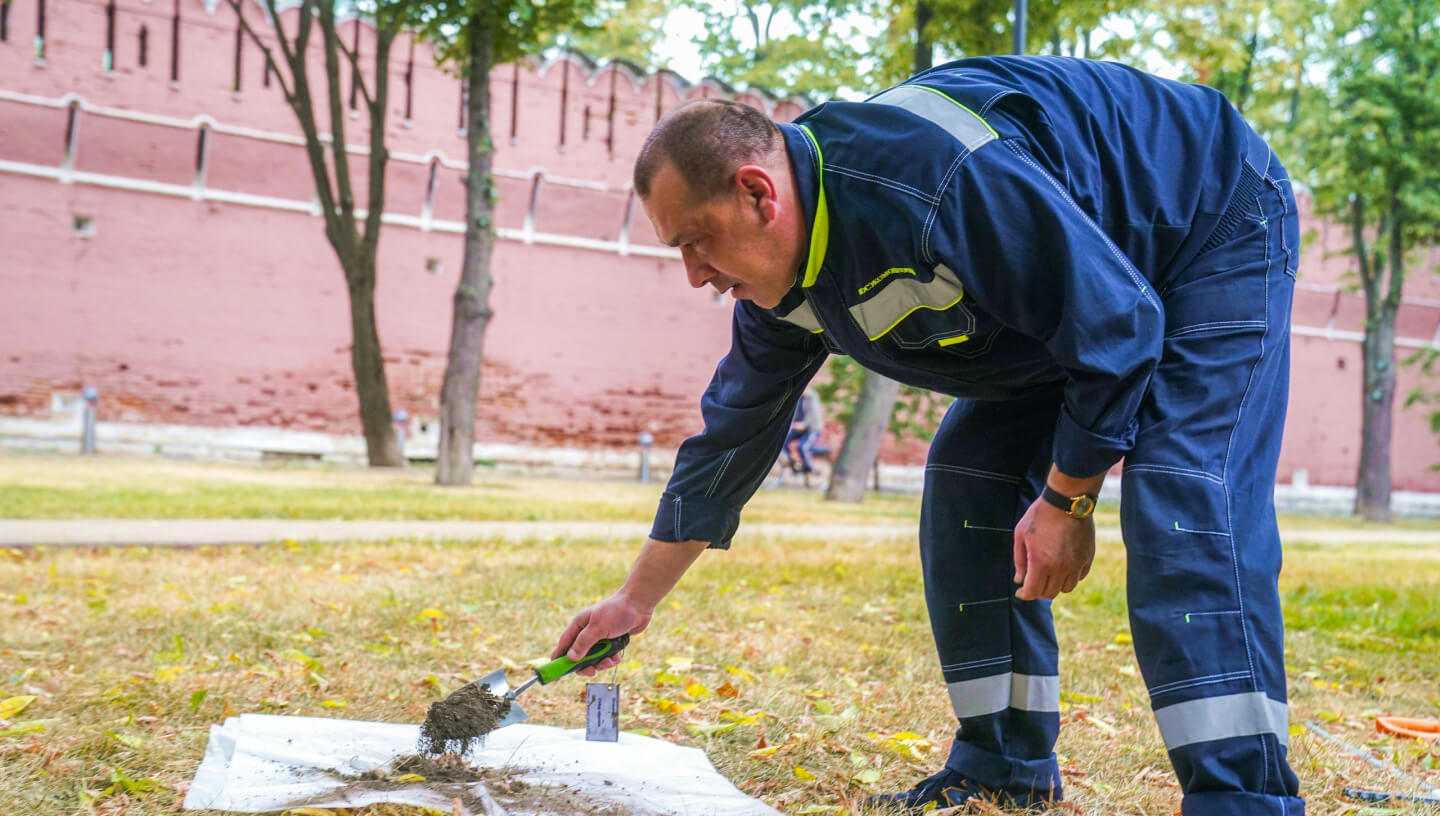22.09.2022
There are no territories with serious soil pollution left in Moscow
The heavy metal content of soils in the metropolitan area has decreased markedly, creating the preconditions for reducing the impact on the climate.
 Photo: Department of Natural Resources of Moscow
Photo: Department of Natural Resources of Moscow
Soil ecology in Moscow has improved over the past 10 years. There are almost no territories in the metropolis where the soil has exceeded permissible concentrations of heavy metals, the official portal of the Mayor and Government of Moscow reported with reference to the annual monitoring data of the State Unitary Enterprise “Mosecomonitoring”.
Over the past decade, the content of oil products in the soils of the capital has fallen by more than half, and now it is 9.4 times lower than the permissible level. Concentrations of so-called mobile metals have fallen from 1.4 to 2.6 times over the same period.
According to Vladimir Andrianov, head of the Green Space and Soil Monitoring Sector of Mosecomonitoring, the condition of soils can be used to draw conclusions about the quality of the environment as a whole. This is due to the fact that atmospheric pollution is dispersed by the change of wind direction, while harmful substances contained in precipitation and surface run-off eventually get into the ground and accumulate there.
“The improvement is not only due to the withdrawal of industrial plants, but also to the city’s switch to environmentally friendly modes of transport. And also with increasing the number of green areas, modernisation of road traffic, landscaping and other factors,” specified Vladimir Andrianov.
Every year, Mosekomonitoring collects samples from 300 of the most characteristic areas in the city: residential areas, specially protected natural areas, lawns of major highways, in yards and industrial areas, near highways.
The tests are carried out as follows: four samples are taken from the corners and one from the centre of a metre by metre patch of land. Then the collected soil is mixed and sent to the analytical laboratory where it is tested for 24 indicators.
As clarified by Svetlana Timoschuk, head of Mosecomonitoring’s soil analysis department, the soil samples are dried and crushed, and then either squeezed or run through various analysers, including an X-ray fluorescent spectrometer, which detect different substances and determine their concentrations.
First of all, laboratory staff look for hazardous pollutants in samples — heavy metals, arsenic, benzapyrene, oil products and readily soluble salts.
For comprehensive assessment of soil contamination with heavy metals a special geochemical indicator (total contamination value (Zc)) is additionally used, which allows assessing the cumulative level of soil exposure to the whole list of controlled heavy metals.
Cover photo: Yury Karamanenko / iStock







Comments